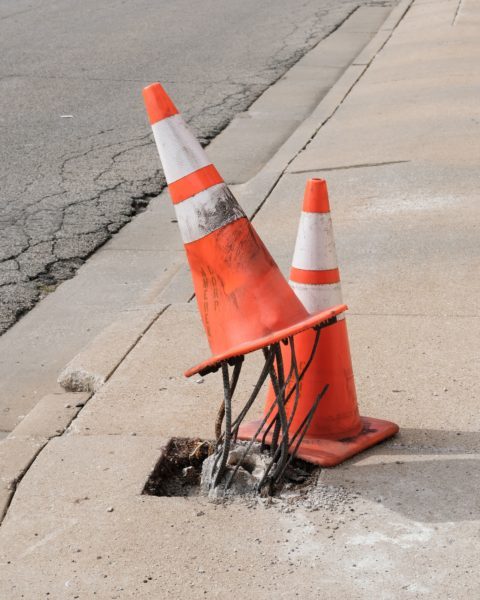Safety in the workplace is a hot topic in the construction industry. In our industry, the topic of safety comes up in almost every meeting whether you are a technician, an office employee, a contractor, or the big guy behind the desk.
Notices are plastered on doors and stamped and labeled all over equipment. Consent forms and ongoing education are required of everyone. Employers become consumed with the fear of a safety measure falling out of place and something going terribly wrong. Employees are cautious, fully aware at all times of the leading safety hazards on the jobsite, commonly termed the “fatal four:”
- falls
- being struck by an object
- electrocutions
- being caught in between two objects
There is no denying that it is important to keep your employees safe. And there’s no arguing that it’s also important to keep your company’s bottom line safe, as well.
The Costs of Noncompliance
Besides the obvious concern for human safety, a lack of safety compliance will have a significant impact on a company’s bottom line. The following are a few things to consider when deciding whether more safety education is worth the time.
- OSHA penalties and fines. Let’s start with the most direct cost that the construction industry is most familiar with: OSHA fines for noncompliance. The Occupational Safety and Health Administration’s purpose is to set and enforce standards in the workplace to protect workers, and there are high cost penalties and fines in place for any type of violation. The penalties can range from a hefty fee of a few thousand dollars, to a complete closure of company operations.
- Productivity. It is often perceived that safety and productivity do not mix. It may seem that putting strict safety measures into place would impede productivity, but companies that are taking the extra steps to educate their employees are actually seeing an increase in performance, as well. Setting process standards to keep employees safe has additional benefits, such as more quality production.
- Improved employee morale and attendance. When an employee is injured, work is missed, workers’ compensation is owed, and potential costs for legal services are accrued. The indirect costs of a lack of safety compliance is in the overall morale of the fellow employees. Employees that work for companies who provide safety measures and show legitimate concern for their well-being are more productive and have a direct impact on overall profitability.
If you think the cost of creating and implementing a strong safety program is expensive, then it’s time to stop what you’re doing and look at the big picture. Not only does a solid safety program protect lives, it can also save your company a large amount of money, both long and short-term.
Is your safety program solid? Could you have more in place to protect your employees and company? Here are three ideas to implement today that are easy and definitely worth the small financial and time investment required:
- Additional and regular employee jobsite safety education
- New and improved safety wear (PPE) and tools
- Improved equipment inspection standards
Most importantly, keep in mind that the implementation of new safety protocols doesn’’t have to be expensive! For instance, eesyQ is a mobile inspection compliance tool that enables your company to standardize your daily walk-around inspections and provides valuable reporting in just two clicks. With eesyQ, you will decrease your equipment downtime, optimize your revenue per hour, and ensure high quality safety measures for your employees at a fractional operational cost. Click here to schedule your free demo and see how “eesy” it is to implement this safety measure and how it will impact your bottom line.
Safety and Compliance is an investment with a true ROI. Investing the time and money into your company and your employees will truly safe-guard your company’s overall profitability in the end. Don’t wait – make safety a priority today for both your company and for your employees!
